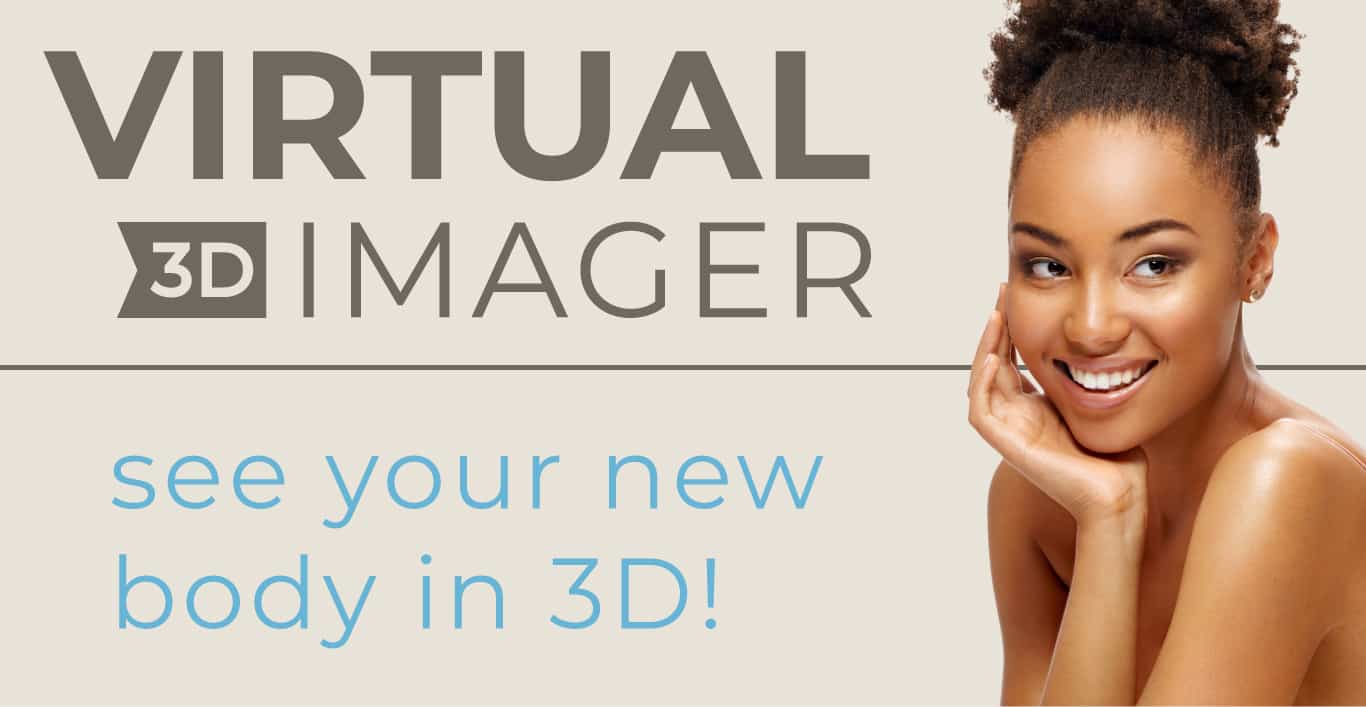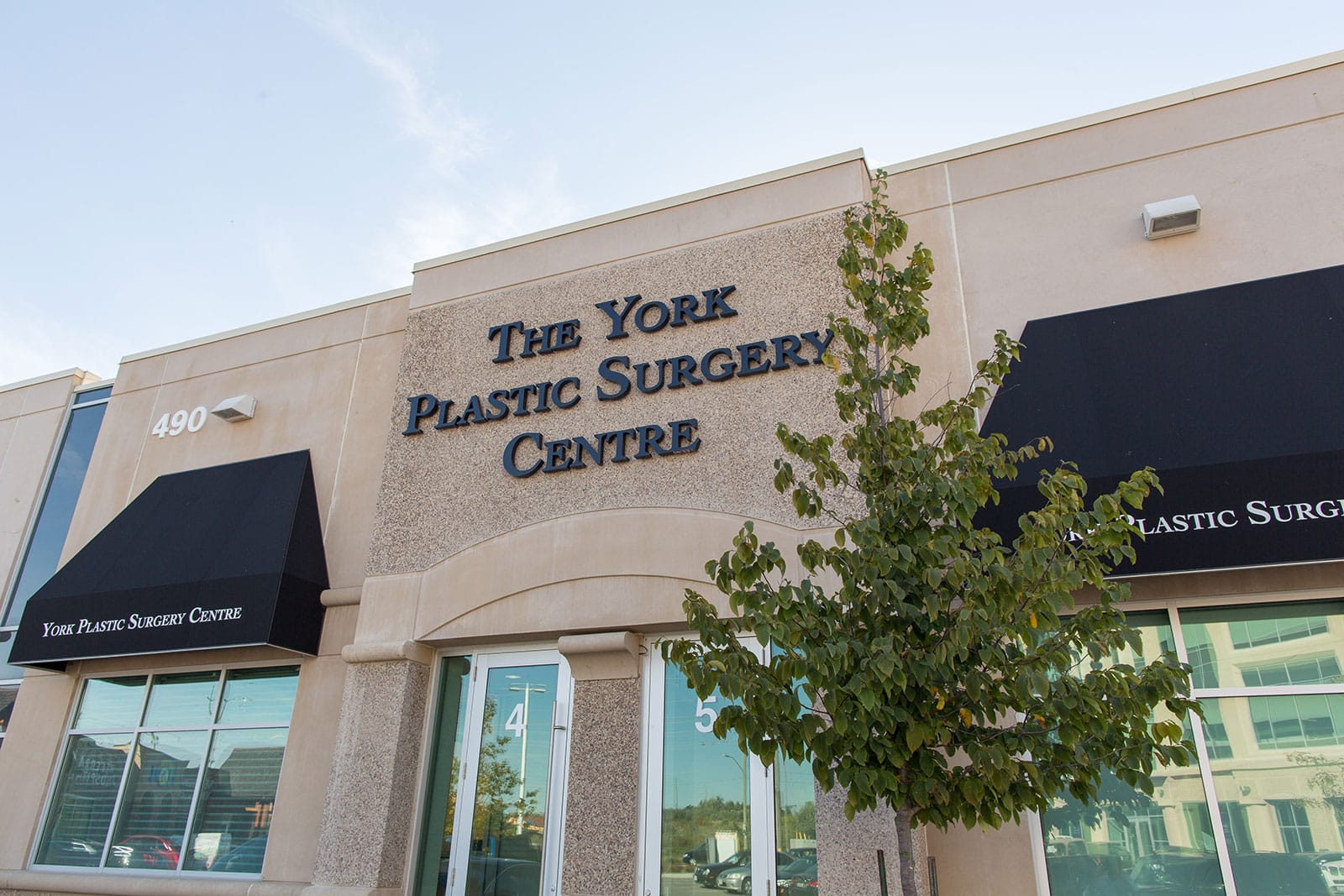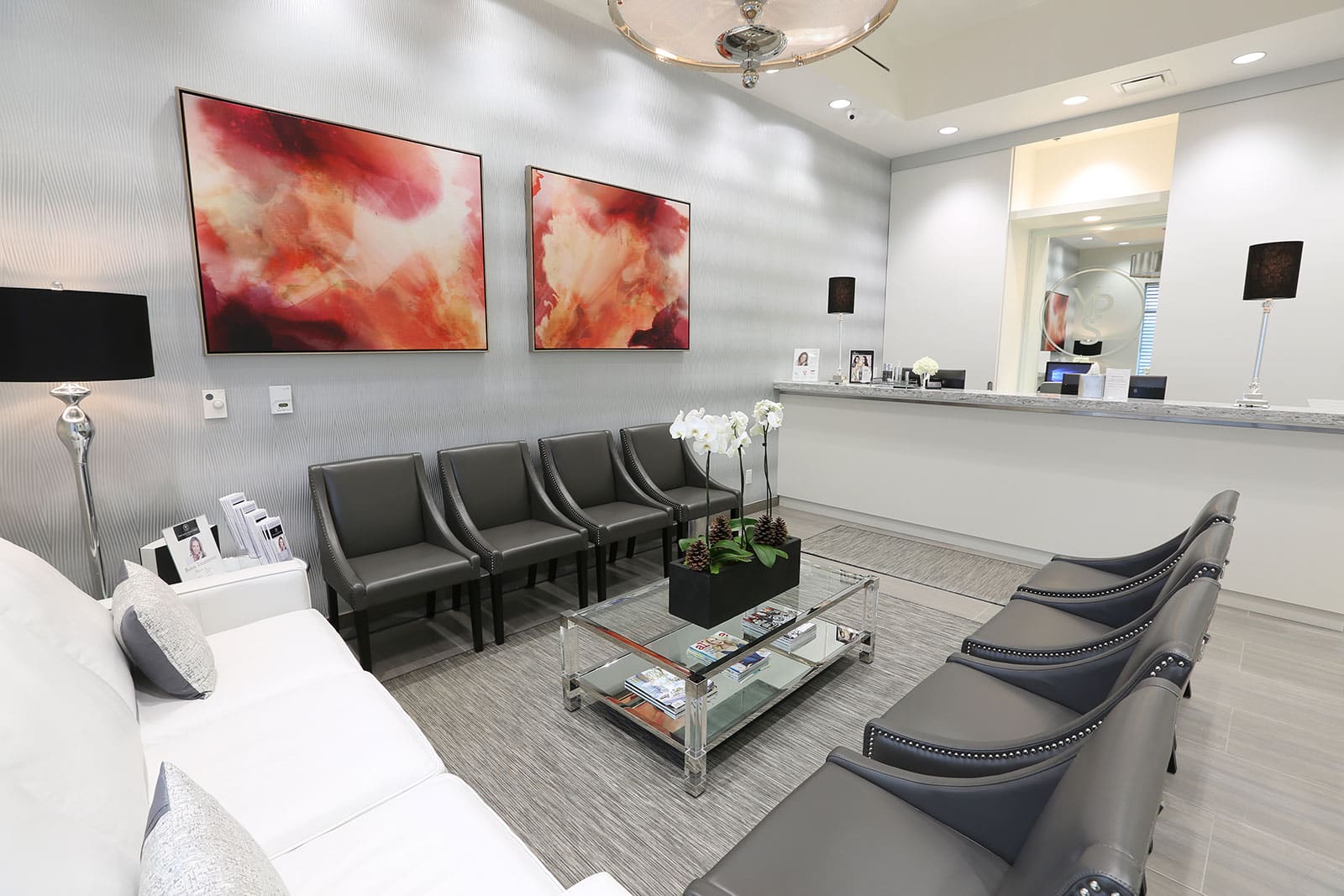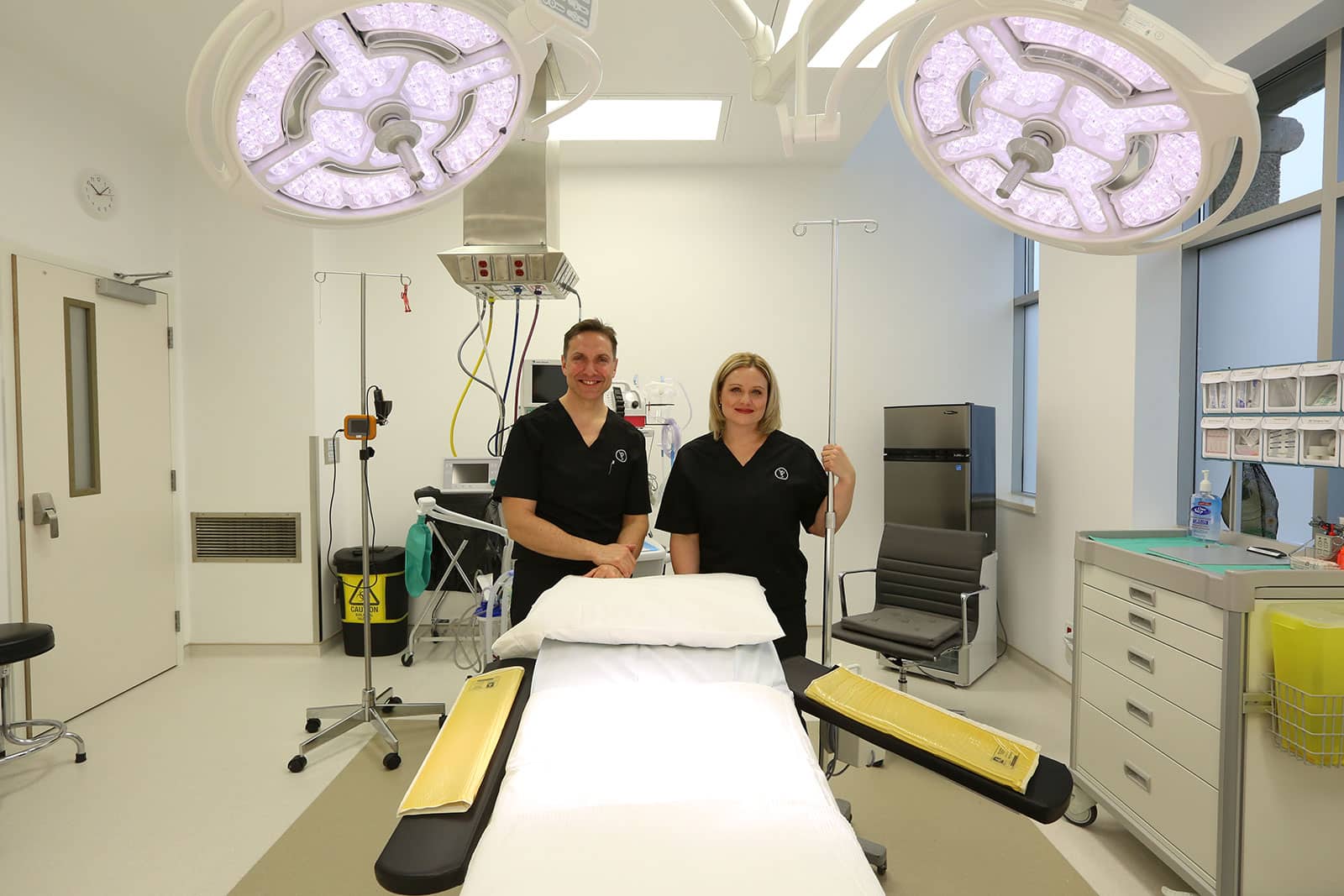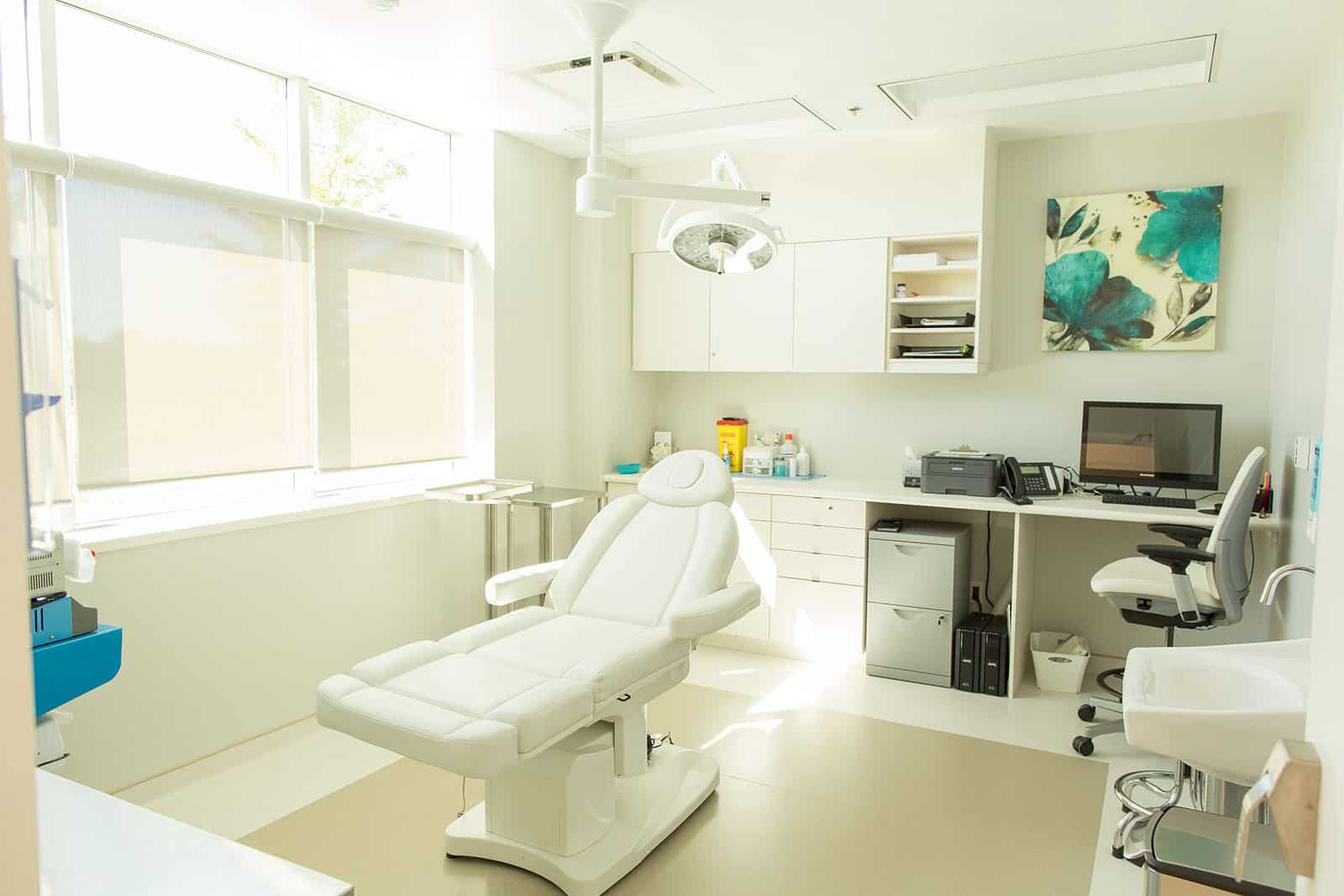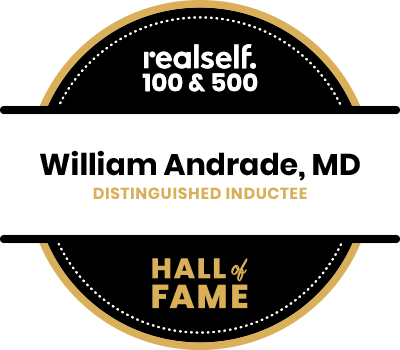MODERN PRIVATE SURGICAL FACILITY
"Yorkville of the North"™
Conveniently located off highway 404 in Newmarket Ontario, The York Plastic Surgery Centre is a cosmetic surgical to facility that meets CPSO regulatory standards of safety, technology and patient care. Dr. Andrade is a trusted member of the healthcare community. Also, all of the medical staff that work at the facility include board certified anaesthesiologists and fully credentialed OR nurses.
Operations performed at the facility are done on an out-patient basis with in home nursing care as needed. Patients requiring more complex surgeries stay overnight at the hospital.
The entire staff at The York Plastic Surgery Centre work hard to make every patient feel welcome, comfortable and well informed.
Disclaimer: Images and videos on this page are models. See Dr. Andrade's photo gallery for hundreds of actual patient outcomes. It is not possible to guarantee a specific result because outcomes vary from patient to patient.
